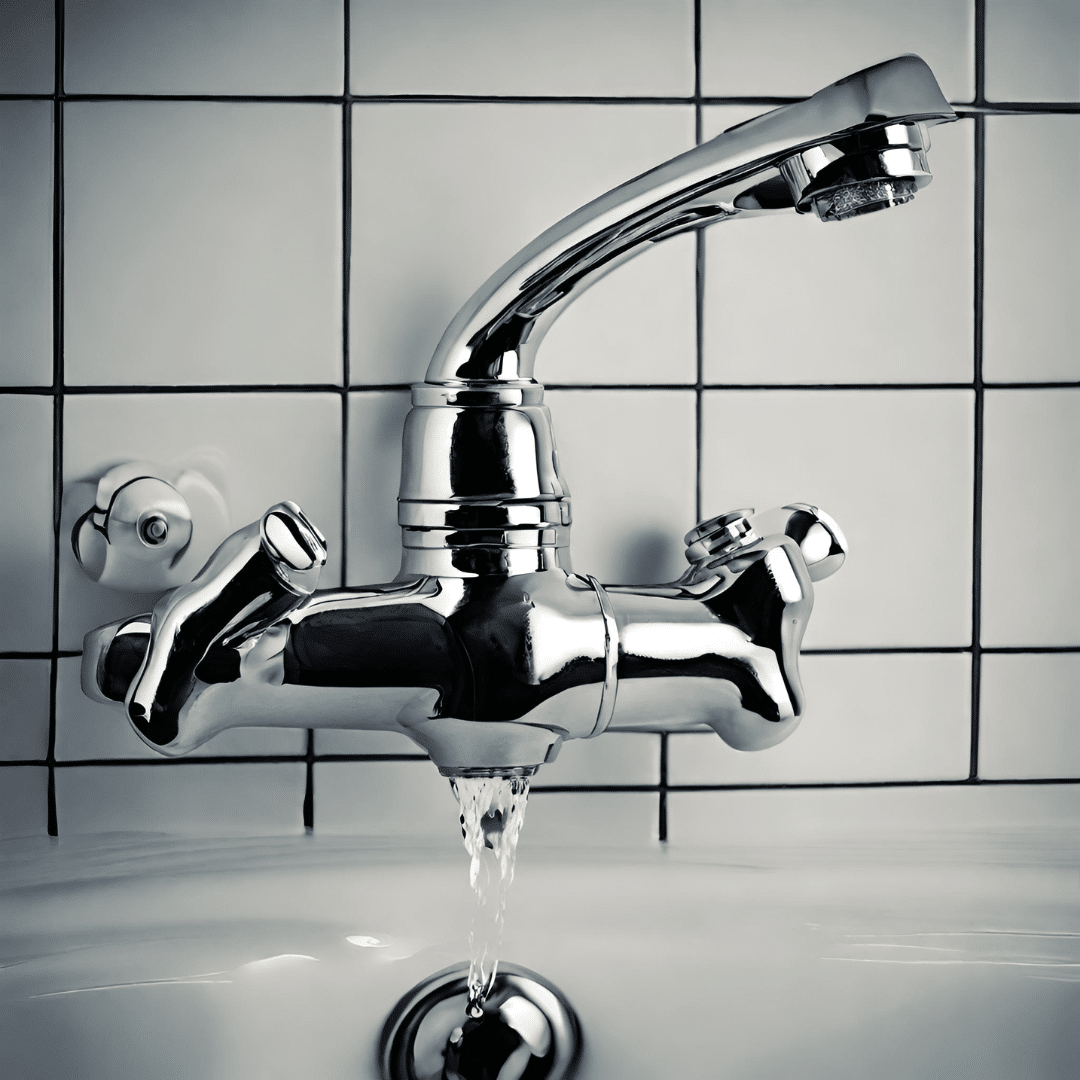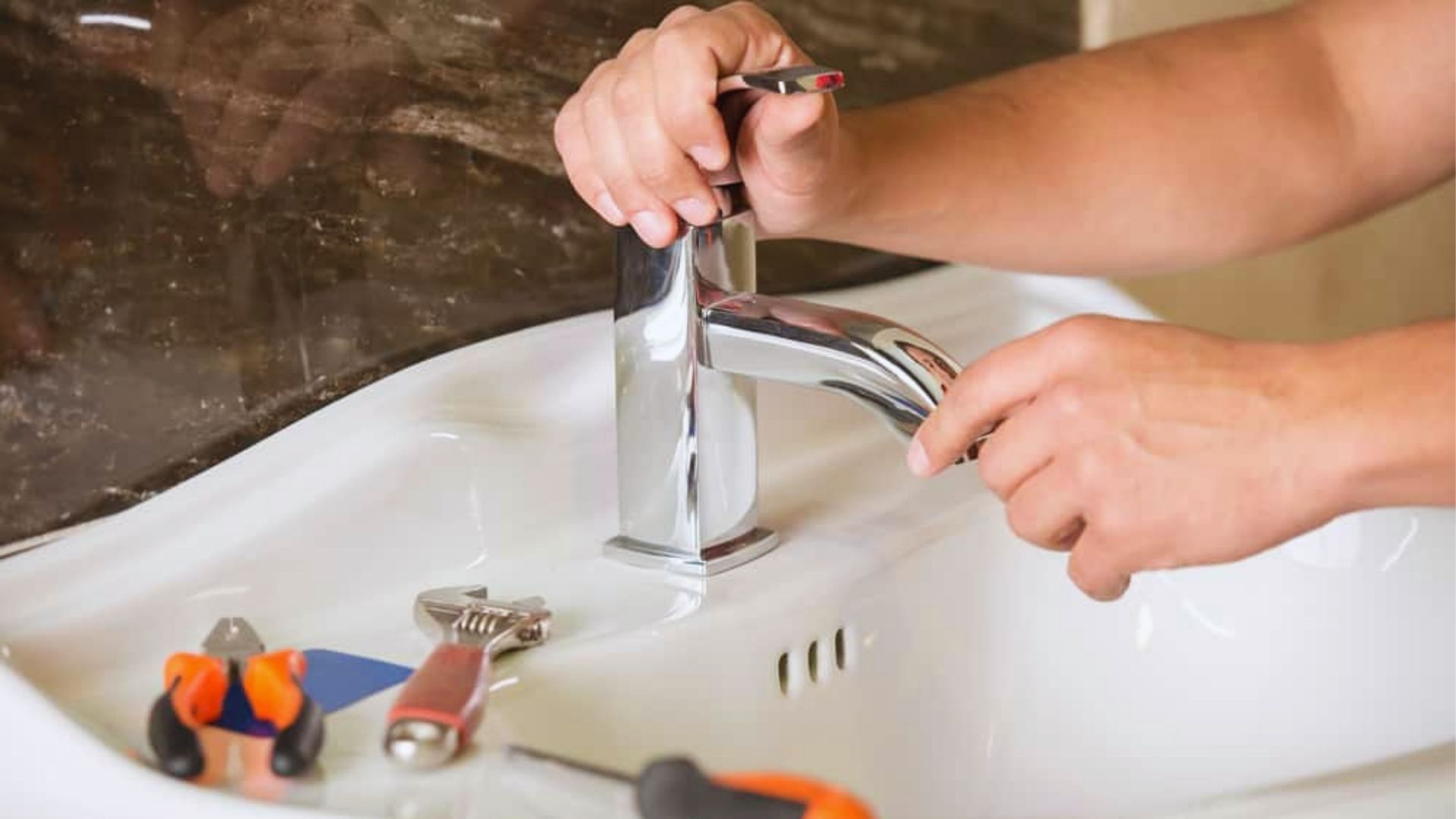They are making several good pointers on the subject of How to Fix a Leaky Faucet in general in this content which follows.

Introduction
A leaky tap is not only aggravating yet can likewise lose a considerable amount of water and result in increased utility costs. In this detailed overview, we'll walk you via the process of repairing a dripping tap, enabling you to save water and cash while keeping your plumbing system.
Gathering Tools and Materials
Before you begin, gather the needed devices and products for the fixing. You'll usually require a flexible wrench, screwdrivers, replacement washing machines or seals, plumber's tape, and a rag or towel to clean up any kind of spills.
Turning Off Water System
Situate the shut-off shutoff for the affected tap and turn it clockwise to turn off the water supply. If you're unable to situate the shut-off shutoff, you may need to turn off the primary water supply to your home.
Taking apart the Faucet
Use a screwdriver to eliminate the deal with of the faucet, subjecting the interior components. Depending on the kind of faucet, you might need to loosen a cap or collar to access the valve setting up.
Examining for Damage
As soon as you've revealed the valve setting up, evaluate it for any kind of indicators of damages or wear. Common wrongdoers of a dripping tap consist of damaged washers, O-rings, or seals.
Changing Faulty Parts
If you determine any damaged or worn-out components, carefully remove them using a wrench or pliers and change them with new ones. Make sure to make use of the correct size and kind of replacement components for your faucet.
Rebuilding the Faucet
After changing the damaged elements, meticulously reconstruct the tap in the reverse order of disassembly. Make sure that all parts are correctly lined up and tightened to prevent future leaks.
Examining for Leaks
When the faucet is rebuilded, turn the water back on and test the tap for leakages. If you discover any type of leaks, verify the connections and tighten them as needed.
Guaranteeing Appropriate Performance
After verifying that the faucet is leak-free, test its capability by turning it on and off numerous times. Ensure that the faucet operates efficiently and without any unusual noises or resistance.
Cleaning Up
Ultimately, clean up any type of particles or spills from the fixing process and deal with any type of old or broken parts correctly. Leaving the workplace clean and tidy ensures a specialist coating to your repair work.
Final thought
Dealing with a leaky tap is a fairly straightforward DIY task that can save you money on water bills and stop further damages to your plumbing system. By following this step-by-step guide, you can deal with the repair with self-confidence and delight in the advantages of a leak-free faucet.
HOW TO FIX A LEAKY TAP IN 5 EASY STEPS
CUTTING OFF THE WATER SUPPLY TO THE TAP
Before replacing your dripping faucet, you may want to start by shutting off the water supply to the fixture. After all, you can’t exactly work on the tap if it constantly sprays water everywhere.
To do so, look for a knob underneath the sink and turn it clockwise. After this, turn the faucet on to let out any water remaining in the water supply line.
If the water doesn’t shut off even after turning the knobs, you can shut off the entire house’s water supply.
WHAT YOU’LL NEED TO FIX A LEAKY COMPRESSION FAUCET
- Flat head screwdriver
- Toothless Plumbing wrench
- Towel
- O-ring
- Hex wrench
- Faucet washer
5 STEPS TO FIX A LEAKY COMPRESSION TAP
Rubber washers are used in compression faucets to tighten the valve seat. Think of it as a mechanism similar to a plastic bottle cap.
These faucets often leak when the rubber washer is sufficiently worn down. So, when you turn off a dripping faucet, it never cuts off the water supply entirely. This means that the problem lies with the washer itself, and replacing it would fix the water leakage.
TAKE OFF THE CAP FROM FAUCET HANDLES
First, you will have to remove the cap present on top of each faucet handle to access the inner working parts of the faucet. Lift the decorative cap using a flathead screwdriver, underneath which you will find a screw head.
Place the decorative cap close by and proceed to the next step.
REMOVE THE TAP HANDLES
Next, depending on the screw type, you can use a flathead or a hex screwdriver to loosen the exposed screw head. Doing so will loosen the faucet handles, allowing you to remove the handles entirely.
If the handles don’t loosen, penetrating oil may help you remove them relatively quickly.
REMOVE THE STEM AND ACCESS THE O-RING
Compression faucets usually have the valve stem and the nut that keeps them in place below the handles. You can use an ordinary wrench to remove the stem nut, pulling the stem out and accessing the O-ring.
Note that wrenches can easily damage the stem nut, so use a toothless wrench for the best results.
Once the stem is out, you will find the seat washer and the O-ring. This ring also keeps the faucet from leaking constantly; if it is worn out, you may need to replace it.
REPLACE THE SEAT WASHER
Seat washers are meant to compress when you turn the handles, which shuts off the water flow through the faucet. If your seat washers are worn out or damaged, you must replace them.
The seat washer may be affixed to the faucet by a screw, which you must unscrew before removing the ring. If it is an Allen screw holding the washer, use an Allen wrench to remove it.
Once the screw is out, remove the rubber seats and place a new one.
FAUCET REASSEMBLY AND TESTING
Now that the component responsible for the leaks has been taken care of, you can reassemble the faucet. Follow the disassembly guide detailed above in reverse for this.
Once reassembled, it’s time to test the fixed faucet. Open the shutoff valves under your sink (or the main water supply) and turn the tap on. If water flows through the faucet after letting some air out, consider it a job well done!
REMOVE THE FAUCET HANDLE
Disassembling a washerless faucet is similar to compression faucets. You may remove the handle using the process detailed above.
REMOVE THE INTERNAL COMPONENTS
Depending on the faucet type, you must follow a slightly different way of disassembling the faucet body.
You must remove the small circular piece to find the cartridge using needle-nose pliers for a cartridge-style faucet. This piece is known as a retaining clip, and you must not damage it.
As for a ball-type faucet, use a toothless wrench to remove the cap and collar. After this, remove the cam washer, faucet cam and ball to find the seal and springs underneath.
Lastly, a ceramic disk faucet requires removing the escutcheon cap to access the disk cylinder. Underneath this cylinder is a neoprene seal responsible for controlling the water flow.
EXAMINE THE PARTS AND REPLACE AS NECESSARY
At this point, you may have found the O-ring in a cartridge faucet. Take the cartridge from the tap and cut off the O-ring using a utility knife. After this, you can replace the ring with one coated in the plumber’s grease. If the damage is extensive, consider replacing the entire cartridge.
When dealing with a ball faucet, you can install new springs, cam washers and valve seats to fix the leak. Ensure that the replacement parts are compatible with your faucet type.
Lastly, replace the neoprene seals under the cylinder for ceramic disk-type faucets. Like with ball faucets, you should ensure the new parts are compatible with the tap. Consider replacing the entire cylinder if the damage to it is extensive enough.
REASSEMBLE AND TEST YOUR FAUCET
Now that all the fixes are made, carefully reassemble the faucet and turn the water supply back on. Test the faucet for any signs of leaks or faults; if there are none, you’re done with the task!
https://woolfplumbing.com.au/blog/how-to-fix-a-leaky-tap-in-5-easy-steps

Do you enjoy reading up on How to Fix a Leaky Faucet? Try to leave feedback below. We would be happy to know your thoughts about this review. We are looking forward that you come back again soon. So long as you liked our post if you please remember to pass it around. Thank you so much for going through it.
Visit Site
Comments on “Professional Advice for Repairing a Leaky Tap: In-depth Guide”